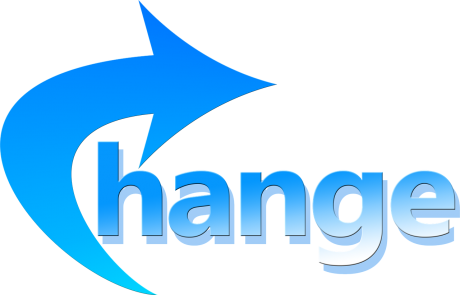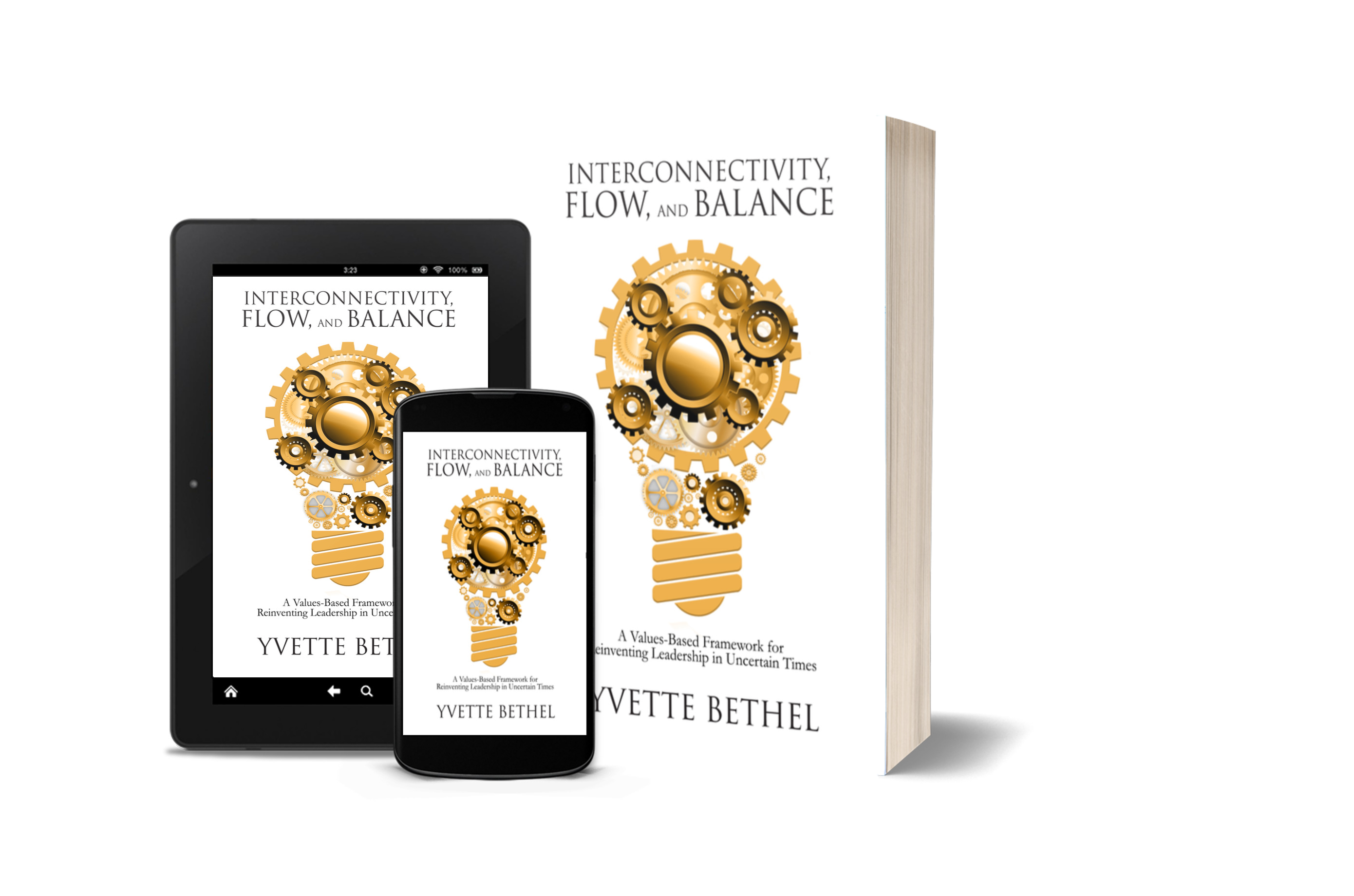
I have witnessed multiple change initiatives where, once an opportunity for change is identified by decision-makers they move forward with making change happen. In the initial stages, there can be commitment to transformation by one or a few executives, even though their understanding of what that change may mean may not yet be fully envisioned. Then the change is scoped, plans are made, and implementation begins, sometimes without establishing the organization’s readiness for change.
In circumstances like this, readiness for change is not adequately verified at the time the decision was made to embark upon the change journey because for whatever reason, decision-makers assumed the plan had a reasonable opportunity for success. Readiness may not be assessed for a number of reasons. Here are four of them:
- It is an oversight;
- There may be assumptions based on the type of culture that exists. For example, controlled cultures rely on directives to drive change in the same way they use directives to facilitate operations. Decision makers in this type of culture run the risk of underestimating the need for flexibility during a change initiative.
- Decision makers think there is no time to get team members ready because of aggressive change deadlines so they decide to address readiness during the change process; or
- Decision makers underestimate the impact of a lack of readiness on the success of the change initiative.
Executives who overestimate the possibility for productivity from a team that is not ready for change can end up navigating escalated fear, anger, and distrust that lead to delays or blocks caused by fence-sitting and resistance.
Richard Beckhard and Rubin Harris introduced a change equation in 1977 in their publication, Organizational Transitions: Managing Complex Change. Their equation is still relevant to today’s workforce and is used to define readiness for change. The formula asserts dissatisfaction with the status quo, combined with the capacity to visualize the future state and the ability to clarify the first steps toward change need to be greater than resistance to change in order for a team to be ready.
With this formula in mind, I reflected on a number of change initiatives I have witnessed over the years and I find this equation to still be very relevant. Let’s start with the dissatisfaction component of the formula. I have met executives who complain about the unproductive people dynamics caused by out-of-control office politicians. These executives want to make changes to improve the performance of the organization. Despite their desire to enhance results, these executives are actually satisfied with the status quo because the political employees are also top performers. From the standpoint of these decision-makers, the benefits of the political behaviour outweigh their commitment to change so in some of these circumstances, a decision for change requires an event in order for the dissatisfaction level to rise.
When considering the capacity of the organization to visualize a future state, I have encountered decision-makers who are unable to visualize what they want but they are very good at defining what they don’t want. These decision-makers can be vision challenged for various reasons. In some cases, the person at the top is unable or unwilling to envision the future, in other cases the person or persons at the top are benefitting from the status quo and are not motivated to make any meaningful changes. In cases like this, leaders create change plans based on short-term reaction, not long-term visualization. Whatever the reason, when there is no vision, even if there is sufficient dissatisfaction with the current state, there is either no change action or ineffective attempts to create transformation.
I have encountered executives who are sufficiently dissatisfied with the present state and are capable of envisioning the future but the strategic team is not adept at clarifying the first steps. In circumstances like this, executives can remain in discussion mode indefinitely. In other words, they are all talk and no decisions.
When these three components of the formula (dissatisfaction with the status quo, the ability to envision the future and clarify the first steps) do not outweigh resistance to change, inertia prevails.
Shifting to readiness
Dissatisfaction can be enhanced through an effective communication strategy that provides facts about the current state that influence mindsets regarding the urgency for change. This communication strategy can be used to address individuals and groups of employees. Strategies that focus on employee engagement, or organizational development can be used to improve the climate of an organization and set the stage for change.
The capacity to envision a future state and clarify the next steps can be addressed in different ways. Strategic training for executives, modifying the organizational chart to include an executive who is responsible for strategic planning, or strategic plan facilitation by a consultant are all possible solutions. Another solution can include all these suggestions, or others that better suit your unique circumstances. Your decision should consider the core competencies that are already resident within your organization. There is no one-size-fits-all solution, an effective route for the long-term is one that builds visioning and other strategic competencies within the executive team.
Diagnosing readiness
Whatever the size, complexity or scope of your intended change, it is important to consider change readiness because change has multiple inherent costs that may not be offset if the initiative is ineffectively implemented. Costs or risks include but are not limited to, wasting resources, damaging organizational trust, reducing existing capacity, or encountering surprise elements that emerge during the change initiative that can block achievement of intended outcomes. Multiple change readiness diagnostic instruments are available online, the Beckhard / Harris formula is only one of these diagnostic tools. If you do not already consider change readiness before spending time and money on a change initiative, it would be useful to enhance your change process by adding a readiness strategy designed to increase your chances of a successful change implementation.
Yvette Bethel is CEO of Organizational Soul, an Organizational Effectiveness Consulting and Leadership Development company. She is a Consultant, Trainer, Speaker, Facilitator, Executive Coach, Author, and Emotional Intelligence Practitioner. If you are interested Yvette's ideas on other leadership topics you can sign up for her newsletter at www.yvettebethel.com or you can listen to her podcast at Evolve Podcast.





Leave A Comment